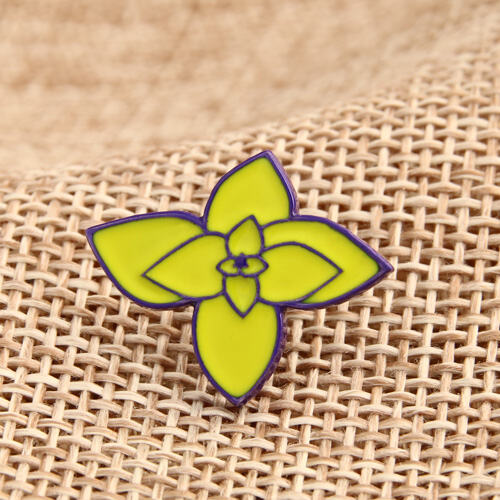
You can have any design and have your enamel pin within a couple of weeks. This could not be any further from the truth. However, most stay away from trying as they assume it is a hard and tedious task. It could be anything from a personal project or a business venture. Most people have an idea or two they would like to make into a lapel. This is simply because the element is easy to shape from its softness and malleability. However, 2D enamel pins with complex designs and cutouts opt for Zinc alloy instead.įor 3D designs, the metal of choice is usually Zinc alloy. If you go for the classic 2D lapel, the metal used will likely be Iron. The distinction between when to use Zinc and when to use Iron lies in the enamel design. Brass and Copper are also used in manufacturing the enamel pins. Aluminum and Stainless steel, on the other hand, are commonly used in making offset print pins. Generally, Zinc alloys and Iron are the most used metals in enamel pin-making. This element is mostly used to challenge coins and enamel pins. Copper - While not a common element in the enamel pin production process, some manufacturers do include it at the client's request.Aluminum and stainless steel - these two are majorly used for offset print pins.Zinc alloy - Also another commonly used element, you can find zinc alloys in enamel pins, badges, and coins.It can be found in hard enamel pins, soft enamel pins, and no color pins. Iron - Iron is one of the commonly used enamel pins.Some of the commonly used metals in the production process include For example, a variety of metals are used to achieve the perfect lapel. While they may look simplistic, a lot of thought and meticulous execution goes into the enamel production process.

This has further diversified its use.īut, have you ever thought of the process of lapel making? For instance, what metals are enamel pins made of, and just how complex is the manufacturing process? Additionally, lapels have been used to display the causes a person stands for. You can also pair it with several fashion ideas and trends. You can now wear an enamel pin to formal, social, and casual gatherings. Lapels have long surpassed the formal use they were initially intended for. Today, the situation is very much different. Ideally, you could only wear an enamel pin to a formal occasion, and even then, you had to adhere to a rather conservative set of rules. They, however, had a selective niche from their conservative use. On the contrary, lapels have been in the fashion industry for decades. But, just what metals go into the enamel pin-making process, and what does the process look like?Įnamel pins, also sometimes referred to as lapels, are not a new fashion trend. No matter how you plan on using them, our pins are sure to suit your needs.Enamel pins have become a key figure in today's fashion industry.

Award ceremonies can be stepped up a level with classy custom pins to reward those who earned it. Brand promotion, for one, is essential to a brand's success, and there’s no easier way to promote and establish your brand than with a custom lapel pin. No matter how you plan on using them, our pins are sure to suit your needs.

Brand promotion, for one, is essential to a brand's success, and there’s no easier way to promote and establish your brand than with a pin. They may be small, but custom pins can be huge for your fundraiser, company, or team. Showing pride in your achievements or support for a certain cause or movement is easier than ever with lapel pins. You can design them to be as classy as you need them to be, and they make for the perfect subtle fashion statement. Custom pins are small, customizable, and easy to make.


 0 kommentar(er)
0 kommentar(er)
